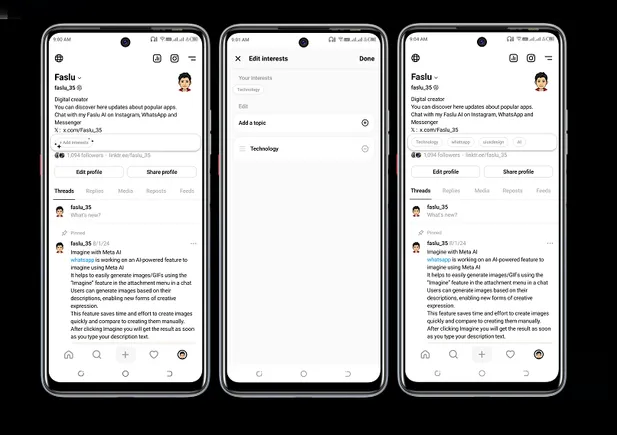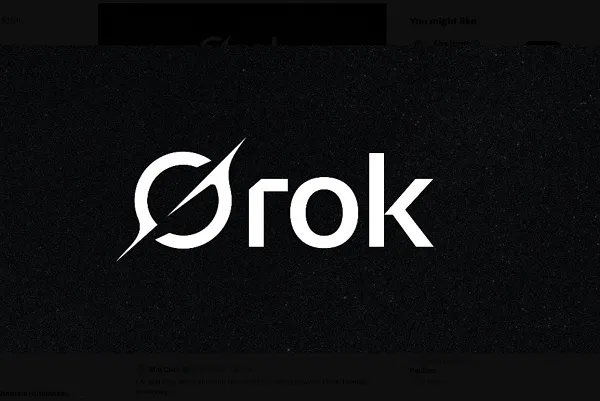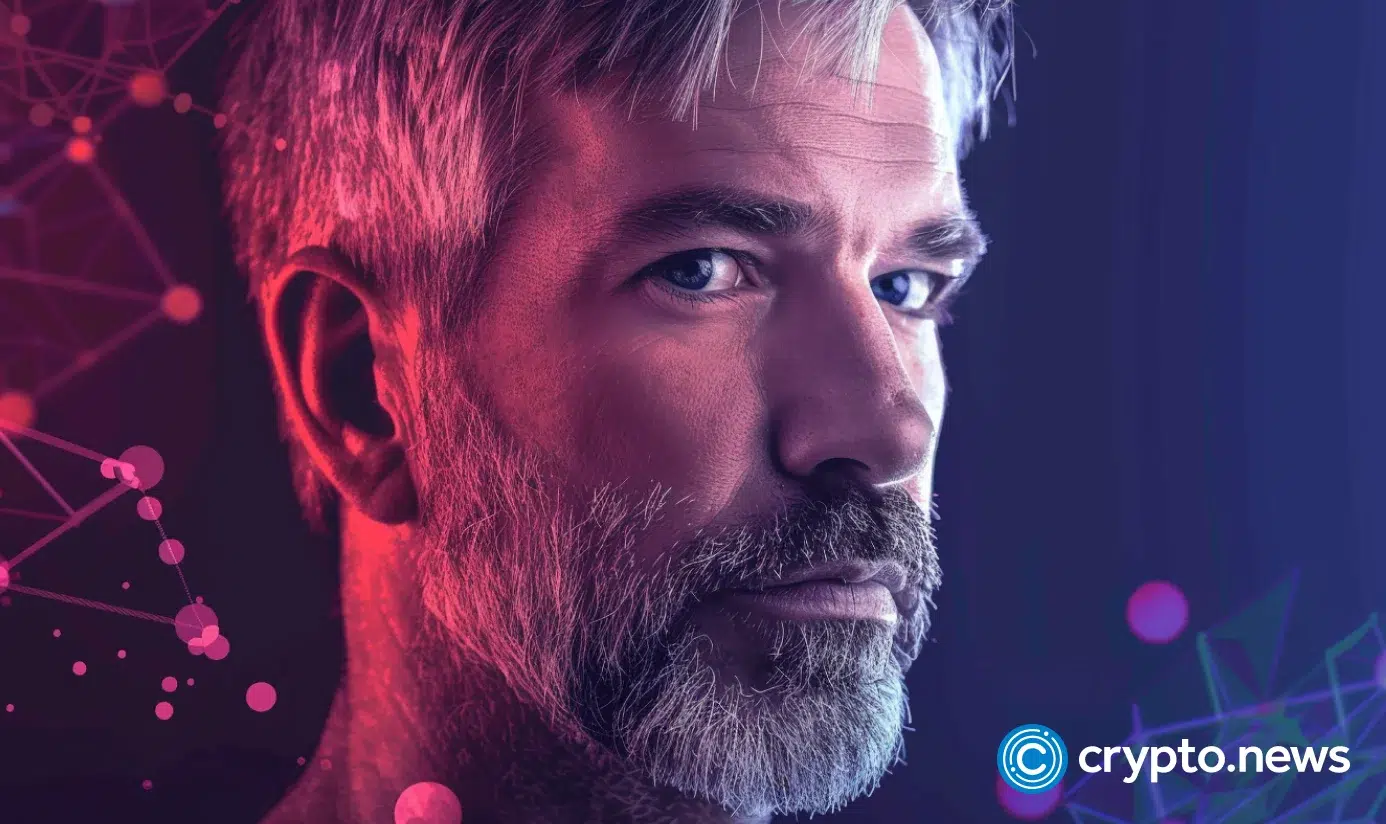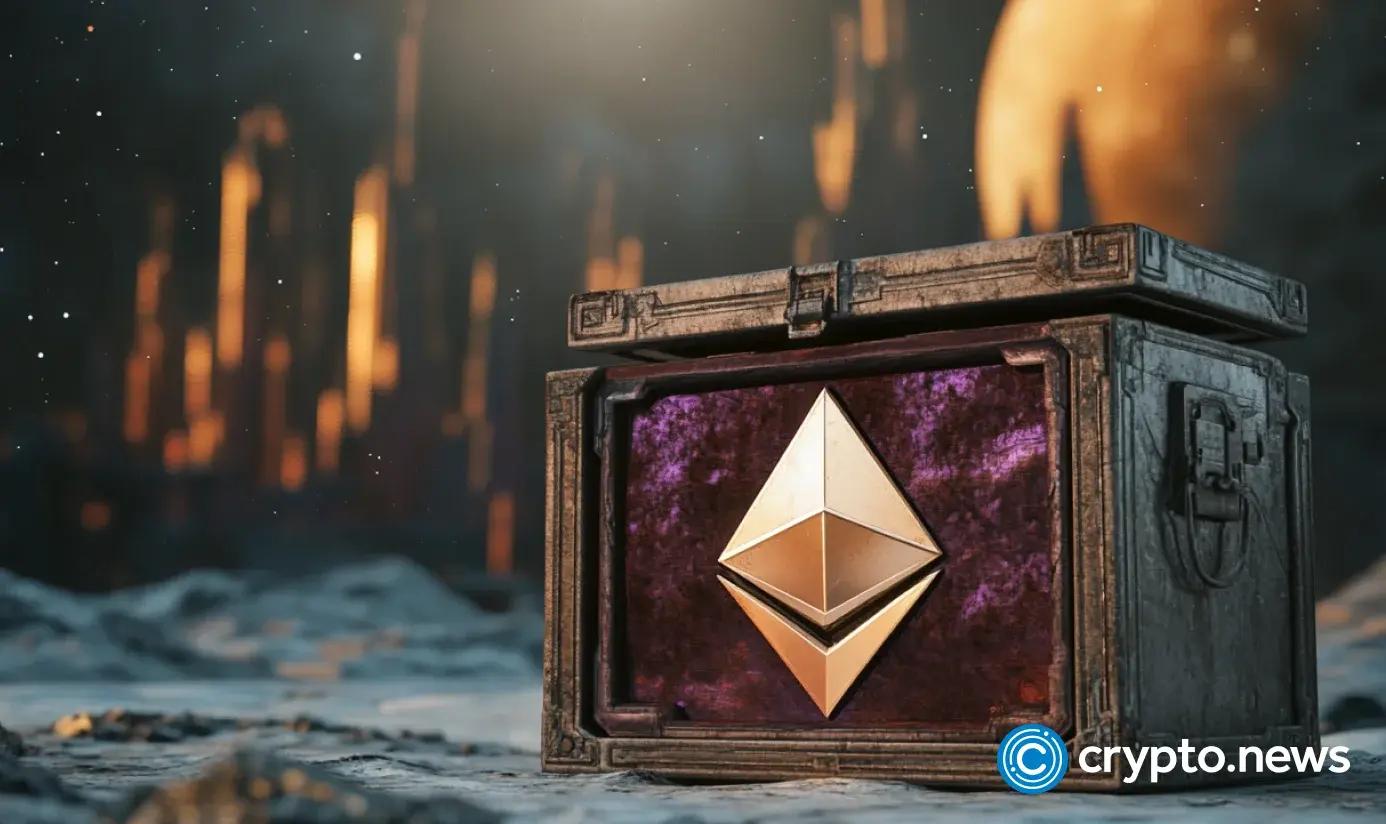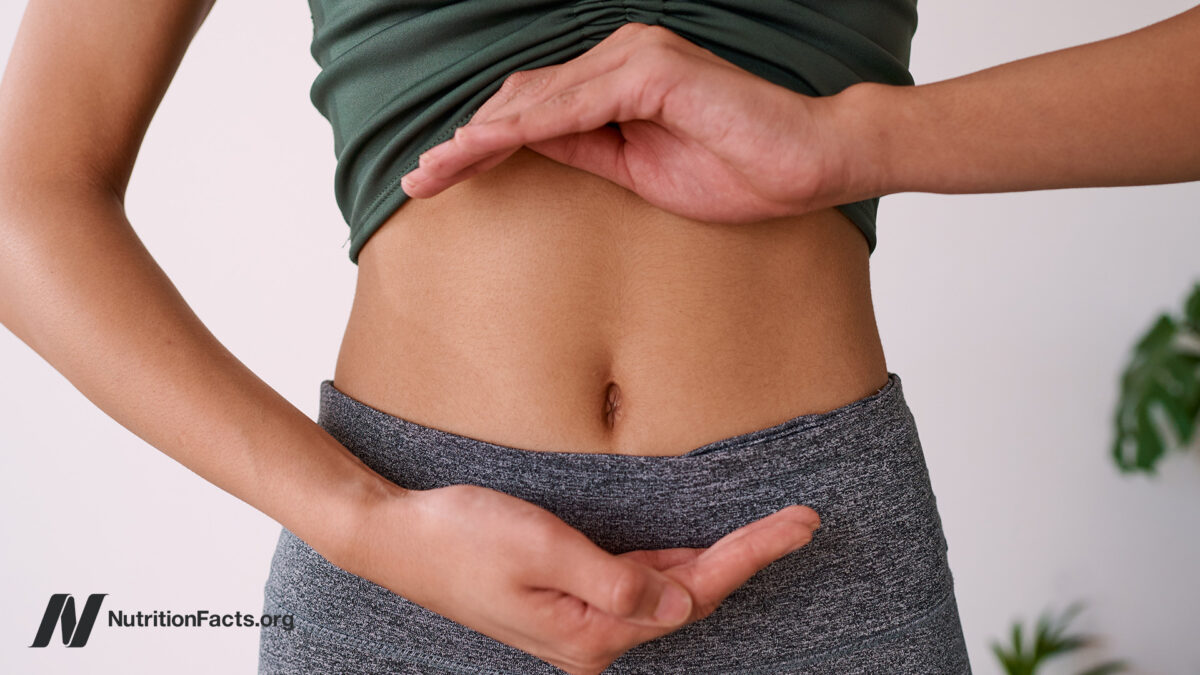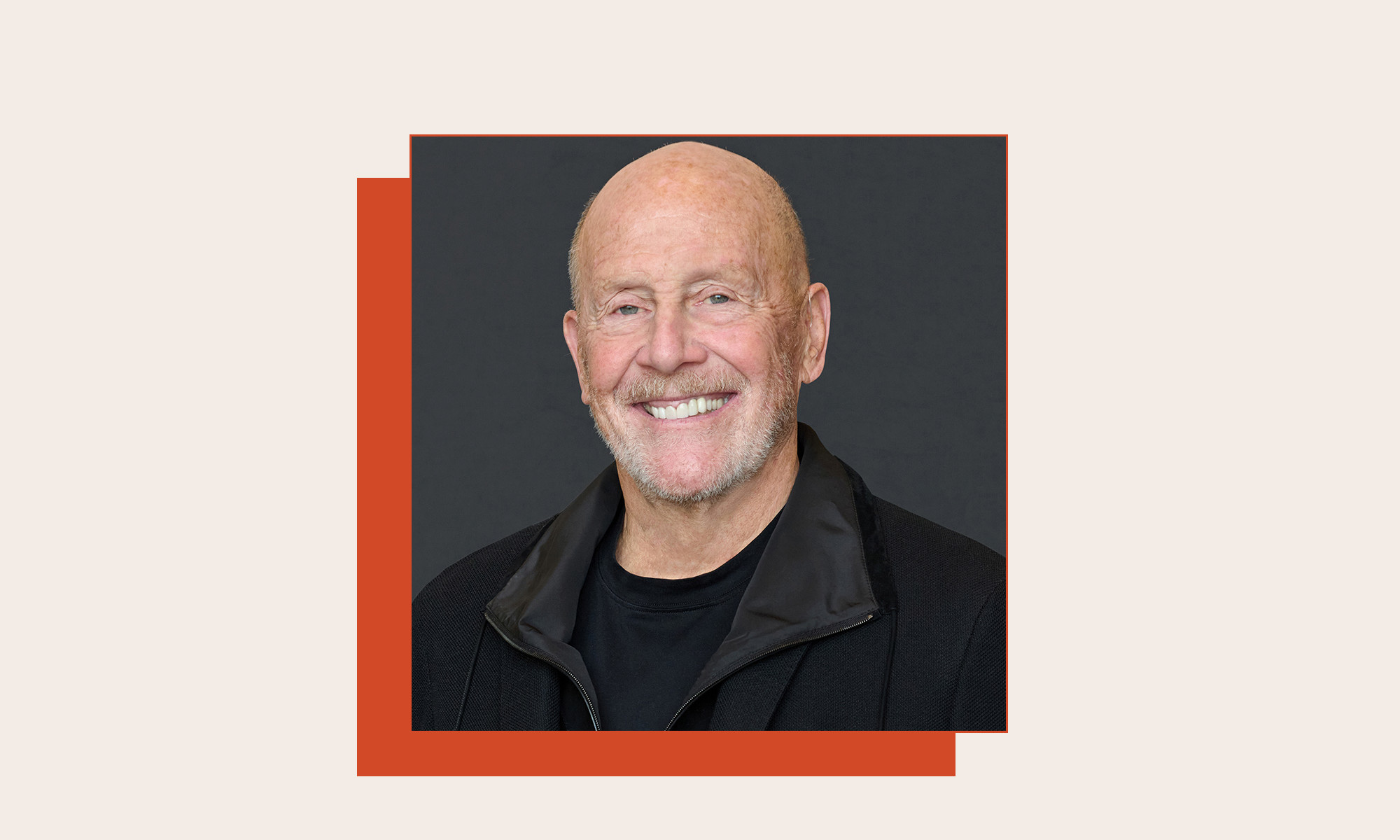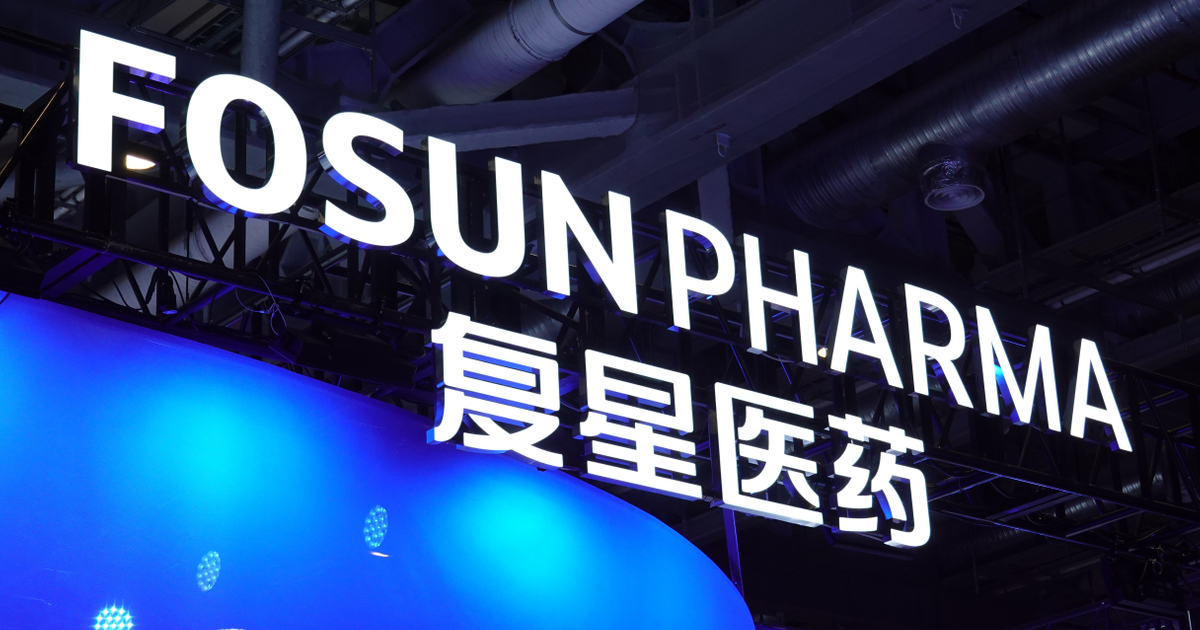Heineken Marketing Campaign Spotlight: Strategy & Standout Ads
Iconic green bottle and red star logo… Sold in 190+ countries with a strong premium positioning, Heineken is one of the most recognized beverage brands worldwide. And of course, building that kind of brand identity necessitates a bold marketing...

Iconic green bottle and red star logo…
Sold in 190+ countries with a strong premium positioning, Heineken is one of the most recognized beverage brands worldwide. And of course, building that kind of brand identity necessitates a bold marketing strategy and standout campaigns.
In this blog, we will explore Heineken’s marketing campaigns while looking closer at digital and social media strategy. We will highlight key campaigns, target audiences, examples of content, and the marketing mix.
What’s Inside
Heineken Marketing Strategy: Key Components Target Audience Segmentation & Personas Heineken Marketing Campaigns – Best Practices #1 The First ‘Ahhh’ #2 The Best Driver #3 BarDating #4 The Entrance #5 Worlds Apart #6 Forgotten Beers #7 Cheers to All Heineken on Social Media Getting Direct Fan Interactions – #SharetheSofa Using of Fun – Polls, Quizzes and Contests Tapping into User-Generated Content – #HeadingOutWith Teaming up with Relevant Personalities Following Trends – ChatGPT Action Figure Example Taking Advantage of Experimental Social ContentHeineken Marketing Strategy: Key Components
Companies in consumer packaged goods allocate an average of 18.09% of their revenue to marketing efforts.
As one of the world’s most recognizable beer brands, Heineken also invests in marketing; nearly 10% of revenue in 2024 (up €300 million from the prior year).
Speaking of figures, in 2024, the Heineken brand’s sales volume grew 8.8% globally—an impressive jump for such a large brand. This growth was broad-based across 53 markets.
But Heineken’s approach goes beyond just spending; it’s a mix of creativity, digital innovation, and strategic positioning that sets the brand apart.
So, what exactly do these marketing efforts look like in action, and how does Heineken build such a consistent global presence?
Let’s focus on marketing efforts and the basics of Heineken’s marketing strategies.
Target Audience Segmentation & Personas
Heineken’s global marketing targets a broad yet well-defined audience.
As a premium beer, the brand appeals to multiple segments within the 21–35 age range.
The key customer segment of Heineken is as follows:
🧑🧒 Millennials/Gen Z: This segment is drawn by Heineken’s cosmopolitan image and engages with the brand on social media.
That age group appreciates the “cool factor” of Heineken and its association with global events such as the Champions League, music festivals, etc.
These consumers are digitally savvy, likely to use social media channels to showcase their beer experiences online and respond well to campaigns that emphasize adventure.
🧑🧒 Beer enthusiasts: That persona, including millennials and members of Gen X, values beer quality and heritage.
They enjoy Heineken for its 150+ year legacy. This group responds to messaging around craftsmanship – Heineken’s unique A-Yeast and brewing tradition.
Digital strategy reaches that group via storytelling—behind-the-scenes content about traditional brewing or heritage campaigns.
🧑🧒 Sports enthusiasts: Since Heineken builds high-profile sponsorships with sports organizations, viewers become an important part of the Heineken audience.
The brand targets them through campaigns like #ShareTheSofa and in-stadium experiences, but also with digital content that mirrors sports excitement.
By using game hashtags, live commentary, and fantasy league tie-ins, Heineken stays embedded in this segment’s game-day routine.
🧑🧒 Nightlife enthusiasts: Young nightlife consumers are attracted by the fun and social energy of Heineken’s branding.
Marketing to this segment often involves music and event sponsorships, DJ sessions, festival activations, and engaging social media content tied to weekend vibes.
The brand’s party-themed posts or interactive contests keep this segment engaged.
Heineken Marketing Campaigns – Best Practices
As you can see, a basic Heineken persona is an outgoing, adventurous, social, and culturally open young professional.
This person chooses Heineken for its premium yet fun image; it’s the beer to celebrate moments with friends, whether at a Champions League viewing party, a music festival, or a simple weekend hangout.
Heineken’s marketing shows a keen understanding of such consumers’ language, humor, and habits, engaging them without heavy-handed selling.
Now, let’s focus on real practices.
#1 The First ‘Ahhh’
Heineken’s The First Ahhh! is a global campaign launched in 2024, designed to capture the pleasure of that first refreshing sip of beer.
The campaign highlights Heineken’s commitment to quality and the consistent, perfectly balanced taste that defines its beer.
Everything that is done at Heineken is focused on a single moment: the first sip. Since its origins in 1873, the brand has consistently focused on this special moment. Because the first sip of Heineken is not just any sip. Its refreshing taste is what separates work from after-work, day from night, duty from leisure, and Agh from Aaahhh.
That’s why Heineken’s latest global campaign highlights the different characteristics present in its brewing process that give it a unique, balanced taste designed for that first Aaahhh.
Put another way, rather than emphasizing the emotional connection between the consumers and the product, Heineken underscores its dedication to brewing excellence.
#2 The Best Driver
The Best Driver is one of the best Heineken ads, as determined by Google’s ranking factors.
As part of its long-standing “When You Drive, Never Drink” initiative, Heineken released that ad back in 2013; however, it maintains its place in the marketing world.
Featuring Formula 1 World Champion and Heineken® 0.0 ambassador Max Verstappen, the Heineken ad emphasizes that the only criterion to select a driver should be sobriety.
As Verstappen states, “When driving, having that clarity and single-mindedness, particularly when it comes to safety, is crucial.”
#3 Bar Dating
#3 BarDating
Heineken’s creative campaign, launched in 2025, Bar Dating revitalizes social experiences for young adults by introducing a novel way to discover new bars.
The campaign introduces a digital platform that mimics the mechanics of dating apps, allowing users to “swipe right” on bar profiles that match their preferences (Tinder reference) In that way, the ad shows how Heineken follows trends in the digital world.
The campaign targets younger audiences craving real connection while combining digital promotion with physical bar activations — a hybrid approach to brand engagement.
#4 The Entrance
Here is another one that is often cited as one of Heineken’s breakthrough global ads.
The Entrance’s cinematic language and humor made it an instant hit online; it racked up millions of YouTube views.
The 2013-dated ad was supported by interactive digital elements such as behind-the-scenes clips for each quirky character the hero meets, released on social media. This extended the campaign’s life on digital channels, inviting fans to delve deeper into the story.
In 2015, Heineken followed up with The Odyssey in a similar spirit, further proving the viral power of a well-crafted video ad.
#5 Worlds Apart
Heineken’s marketing campaigns include relatively long videos and social experiments.
As one of them, the 4+ minute long video, Worlds Apart is designed to explore whether people with opposing views can find common ground through face-to-face interaction.
The social experiment-style advertisement highlights Heineken’s brand message of openness and its commitment to building connections among people.
The video’s success demonstrated how issue-based content can engage viewers deeply. It wasn’t a traditional ad about beer at all, yet it built brand goodwill.
#6 Forgotten Beers
Another Heineken ad showing the brand enjoys taking an unconventional approach in marketing.
The online ad tells consumers to forget about the beer and start focusing on enjoying time with loved ones.
This unexpected emotional twist sparked a social media conversation. Heineken even collaborated with beer review influencers to spread this message, surprising their audiences by saying it is okay to leave a beer unfinished as long as you had fun.
This ad received millions of impressions and a high share rate, demonstrating that a counterintuitive message can generate buzz.
#7 Cheers to All
With its full name, Cheers to All – Challenging Stereotypes, actually is a series of humorous social video ads showing Heineken’s socially responsible aspect.
In that series, Heineken tackled gender stereotypes in drinking. One notable ad shows a bartender automatically handing a beer to a man and a cocktail to a woman.
The campaign’s message? “Beer is for everyone.” While smashing the idea that beer is a men’s drink, the brand shows women confidently enjoying Heineken in various settings.
Sometimes people assume who ordered what, based on labels associated with the drinks, but at Heineken we believe that drinks have no gender, starting with our beer!
It was widely shared on social media platforms, generating positive engagement for taking a stand on cultural norms.
Tapping from our rich history and proud heritage, our campaigns tell the developing tale of our brand. The Heineken® voice is witty, intelligent and speaks in a refreshing tone. Our vision is positive and yes, a bit cheeky at times. One thing is for sure, each campaign is a 100% Heineken®. Enjoy!
Heineken enjoys one of the largest social media followings among beer brands.
On Instagram, Heineken’s page has 820K followers, slightly ahead of Budweiser at 817K, while Stella Artois trails with 249K and Carlsberg lags further behind at just 79K.
This massive audience is partly due to Heineken’s strategy of geo-targeting content. The brand serves localized posts to different regions. The brand even has localized brand names – Verdinha in Brasil:
Moreover, Heineken’s posts—a witty meme about last night’s match or a behind-the-scenes brewery video—consistently receive strong shares, comments, and likes.
The tone is friendly and conversational; Heineken even replies regularly to fans to keep engagement personal.
And, of course, the tone of the specifications distinguishes Heineken’s social media strategy. Want to look more closely?
Many of Heineken’s digital campaigns have achieved viral reach, and that’s why the brand is good at getting direct fan interactions.
The campaign #ShareTheSofa, launched during the 2013–14 UEFA Champions League, hit more than a billion impressions. It was a Twitter-based second-screen experience that invited football fans to interact with the game live rather than just by watching on TV.
Additionally, the #ShareTheSofa campaign saw the hashtag used over a million times and spurred tens of thousands of direct fan interactions, including tweets and Q&A.
Such views put Heineken’s content among the top-performing in beverage marketing, indicating an effective content strategy and seeding.
Using of Fun – Polls, Quizzes and Contests
On qualitative engagement, Heineken’s marketing strategy has yielded a lively community.
For example, during a typical football night, Heineken’s live tweets and social media posts generate thousands of shares and comments as fans join the banter.
The brand’s use of fun polls, quizzes, and contests also drives participation.
Tapping into User-Generated Content – #HeadingOutWith
Heineken is in the UGC game, too.
The brand’s user-generated content efforts, like #HeadingOutWith encourage fans to share weekend vibes and stories showing them enjoying Heineken with their social circles.
Heineken often reposts top fan submissions on its official channels, effectively celebrating its consumers. By doing so, Heineken turns consumers into co-creators of its marketing.
Heineken’s content strategy not only offers a pipeline of relatable material but also enhances engagement metrics, as fans are eager to be featured. The impact of these efforts is evident in engagement rates; as demonstrated in the Heineken Silver influencer campaign, a double-digit engagement rate (~10.8%) was achieved on targeted content, significantly exceeding the industry average and indicating a strong connection with the audience.
These tactics showcase how Heineken’s content is consumer-to-brand, leveraging the social media ecosystem.
Teaming up with Relevant Personalities
In the age of social media influencers, Heineken has actively collaborated with relevant personalities.
Beyond sports figures and celebrities, the brand engages everyday influencers—from micro to micro.
For instance, teaming up with popular city bloggers and Instagram photographers for the Cities campaign or foodie influencers pairing Heineken with BBQ recipes in summer.
Following Trends – ChatGPT Action Figure Example
Heineken has a history of using emerging digital trends and technologies to connect with consumers.
Recently Heineken released an AI-generated image of a branded action figure, aligning with the popular trend where individuals and brands create personalized action figure images using AI tools like ChatGPT’s image generation capabilities.
By participating in this trend, Heineken not only demonstrates its adaptability to current digital phenomena but also reinforces its brand identity in a playful and contemporary manner.
Taking Advantage of Experimental Social Content
As we mentioned before, Heineken knows well how to use experimental social content to promote itself.
In addition to its short videos and ads, the beverage brand takes advantage of that kind of marketing as a part of its social media efforts.
Remember the Heineken Silver launch?
Back in 2024, Heineken partnered with dozens of social media creators to throw an immersive Heineken Silver Warehouse Party; it was an experience specifically designed to generate Instagram and TikTok content.
They invited more than 60 influencers to the event and encouraged them to share their experience on their favorite platforms in real time, in their unique ways.
By focusing on the channels and content styles Gen Z loves, this campaign produced a flood of organic content for Heineken.

 BigThink
BigThink 







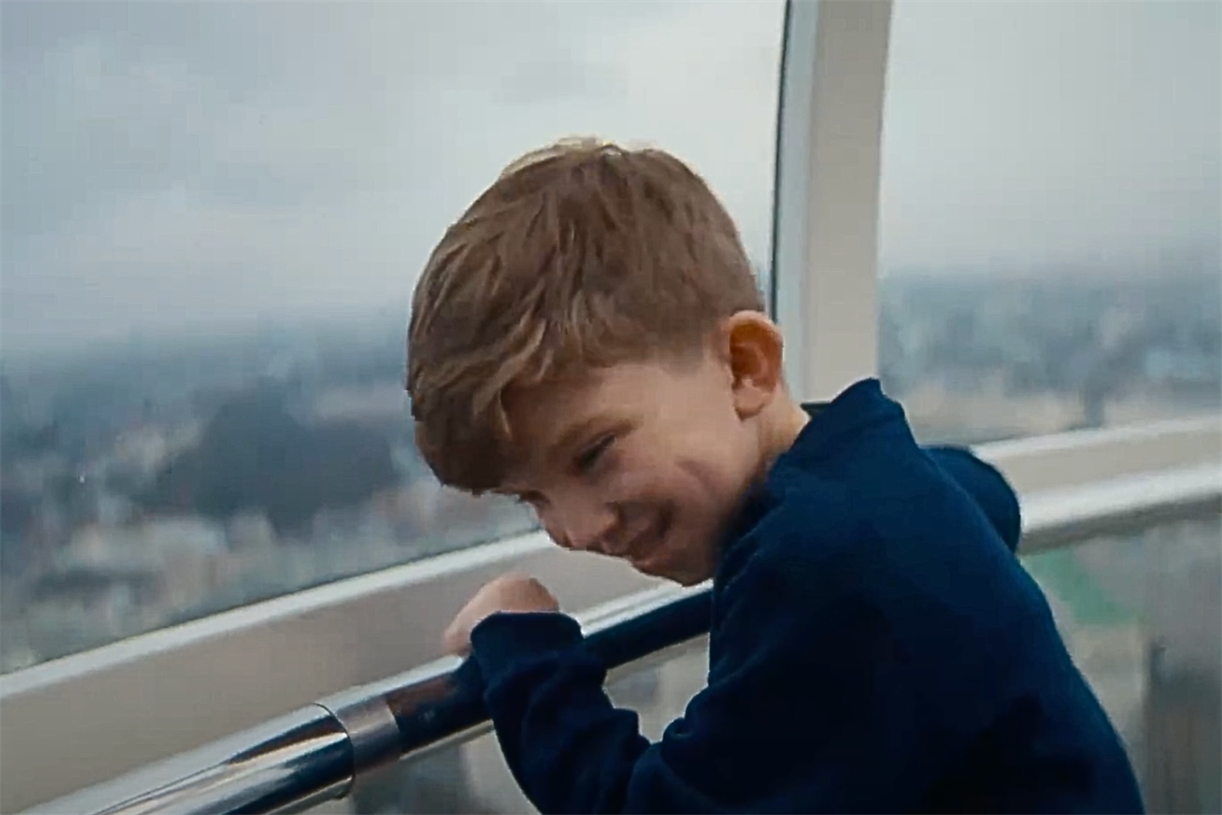
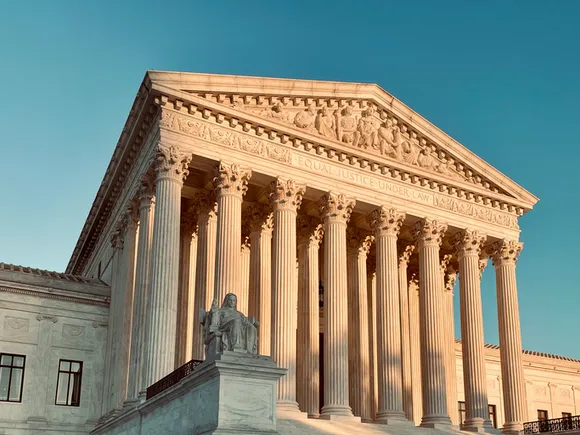

![LinkedIn Shares Data on In-Demand Skills for Marketers [Infographic]](https://imgproxy.divecdn.com/zMbngFHDMAQdOuk7-FK5eSqQ-bYj9Kyqki-xmPgH4I8/g:ce/rs:fit:770:435/Z3M6Ly9kaXZlc2l0ZS1zdG9yYWdlL2RpdmVpbWFnZS9saW5rZWRpbl9mYWxsX2pvYnNfb3V0bG9vazIucG5n.webp)
